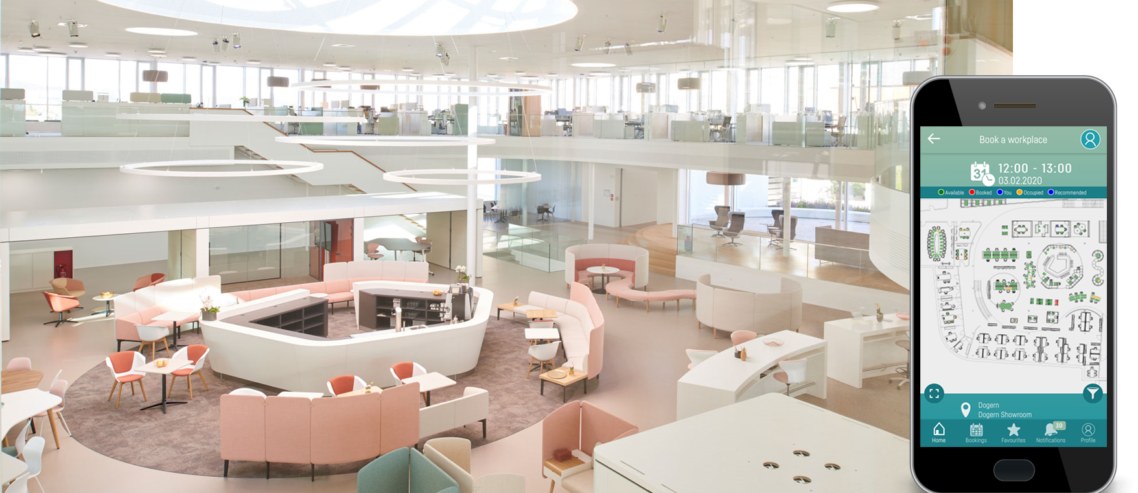Integrating the office in the new workplace ecosystem
Any trend in office design is always the end result of the complex interplay of a number of forces. This truism is what makes office design such a compelling field of study. Watching workplace trends tells us so much about the world in which we live. Look beyond the aesthetics of any well-designed office and explore the thinking behind it and you’ll always find something defined by a combination of social, economic, technological, commercial and demographic change. It is the role of the best designers to crystallise something from this maelstrom.
Some of the forces of change are more evident than others, especially in times like these. But perhaps the most important influence on office design worldwide is technology, now more than ever.
For some time, at least three decades, we’ve been aware of a blurring of the boundaries between the physical office and a new digital world of work that takes place both inside and outside of it. This is an inevitable consequence of the unshackling of technology from the desk and the ready availability of the Internet and the relentless improvement of communication tools. This process has been evident for some time. It has merely been accelerated by the events of this year.
Although always challenging, this has at least been fairly predictable in the past. Technology has largely developed in linear ways. Its major driver since Gordon Moore produced his eponymous law in 1965 has been miniaturisation. If we can expect computing power to double every 18 months, as Moore predicted, we at least have a degree of certainty about the pace and scope of technological disruption.
What is now apparent is that non-linear technological disruption and the digitisation of work mean we have to look at the workplace in new ways. Just as Moore’s Law has been succeeded by a more complex conception of technological disruption, so too must we give up on the assumption that the future of work will be underpinned by an extrapolation of what has happened in the past.
The old models of organisations with their hierarchies, silos and strategies won’t be enough and neither will the offices they once inhabited. This process has already begun as offices become centres for networking, information exchange and learning and not just the paces we all go every day at the same time.
The most obvious manifestation of this is the phenomenon of activity based or agile working, which offers a personal experience of work that has more in common with a suite of apps than it does an office defined by status and job role. It is about sharing space and knowledge, co-creation and co-evolution. It relies on and fosters digital intelligence as well as the interplay of collaboration in physical space.
The challenges facing organisations are now so complex and interrelated that they cannot be solved by individuals working in one function. They can only be solved by groups of digitally enabled and empowered professionals working together in cohesive ecosystems.
So, the office needs to accommodate a mix of occupants including both office-based and itinerant employees, freelancers, suppliers, clients, legislators and so on. Little or no distinction is made between employees and non-employees who will all be empowered by layouts, building systems and apps on their devices such as se:connects to use space in new ways, book rooms, order services and share information. Technology will even empower them to work together in digital space for those with distant and overseas colleagues.
Teams will form to meet specific challenges in fluid structures that must be mirrored by both the physical and digital spaces they use. The digital infrastructure they need will interact with physical space in new ways. The proliferation of new kinds of space testifies to the role of the office as an app in its own right, providing a choice of functions for people depending on their needs, seamlessly integrated as part of the dispersed and digital workplace ecosystem.
